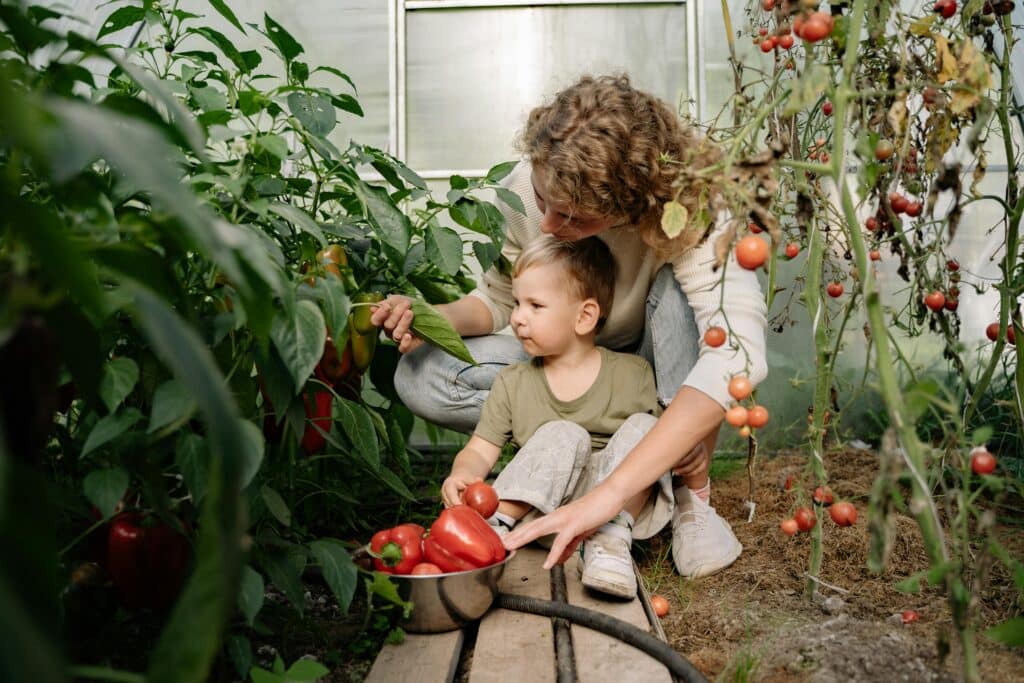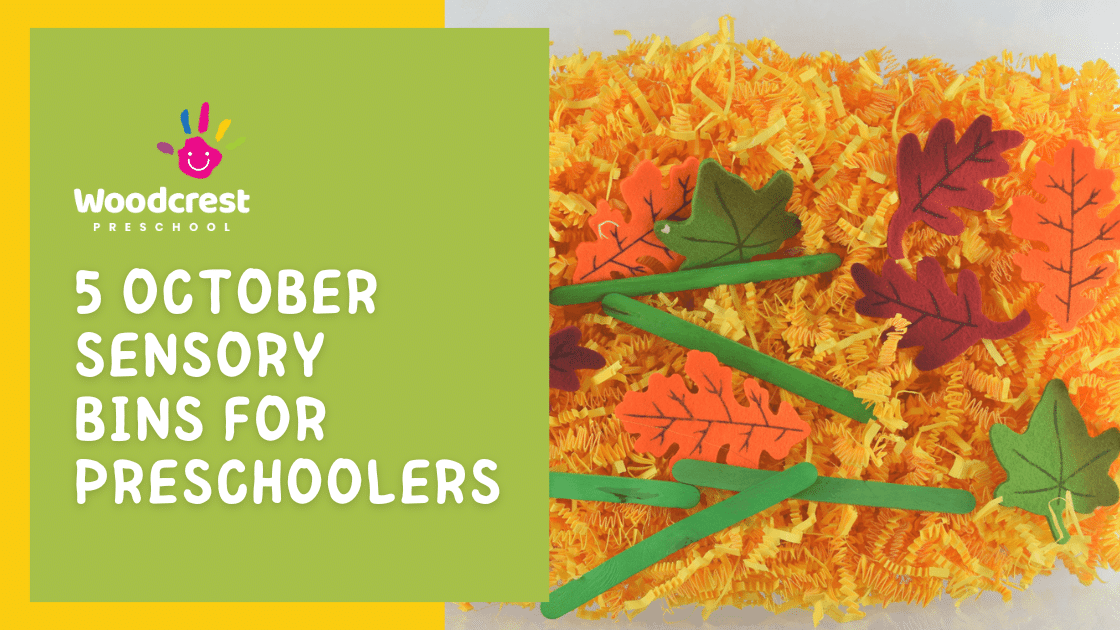In this article, we’re going to delve into some great strategies to make your little one’s veggie sessions more exciting. We’re taking things beyond just ‘Hiding the Greens’. We’ll focus on engaging ways to present vegetables in their true colors – and flavors, opening a new world of wholesome eating for your tiny tot.
As outlined by the Dietary Guidelines for Americans, preschoolers should consume 1 to 1.5 cups of vegetables per day. According to the CDC, among children ages 1-5, 1 in 2 did not eat a vegetable daily, and 1 in 3 did not eat a fruit daily. As adults, the onus is on us to lead by example. It’s amazing to think that our youngsters are more inclined to enjoy vegetables when we visibly relish them.
Interesting to note is that research indicates the tastes and dietary habits formed in these early years could persist in later life. It’s important that we integrate vegetables into their meals regularly as repeated exposure to these nutritious foods can help them develop a fondness for vegetables. It usually takes about 8-10 tries with a new food before they start liking it.
Our mission is to arm you with a creative toolkit, helping to establish robust and healthful nutrition habits for your preschoolers. With our guidance, the introduction of vegetables to your child’s diet will be enjoyable and memorable!
What are some common reasons preschoolers resist eating vegetables?
One common reason preschoolers resist eating vegetables is due to their natural tendency towards neophobia, or fear of new things. This can make introducing new foods, especially those with unique tastes and textures like vegetables, challenging. Another factor is the bitter taste found in some vegetables. Children have more taste buds than adults, making them more sensitive to certain flavors. Consequently, they may find the bitterness in vegetables like broccoli or spinach unappealing. Texture also plays a significant role in food acceptance. Many vegetables have a crunchy or slimy texture that some children may find off-putting. This can lead to resistance to trying these foods.
Children often develop food preferences based on their parents’ eating habits. If parents do not regularly consume vegetables or express a dislike for them, children are likely to adopt similar attitudes. Mealtime power struggles can also contribute to a child’s resistance to eating vegetables. If a child feels pressured to eat certain foods, they may resist as a way to assert their independence.
How can I incorporate vegetables into my preschooler’s snacks?
Incorporating vegetables into your preschooler’s snacks can be a fun and creative process. One effective method is to use vegetables in smoothies. You can blend spinach, kale, or carrots with fruits like bananas, strawberries, or apples. The sweetness of the fruit masks the taste of the vegetables, making it an enjoyable and nutritious snack.
Another great way to introduce vegetables is through dips. Many children enjoy dipping their food, and this can be a fun way to introduce vegetables. You can serve raw vegetables like carrot sticks, cucumber slices, or bell pepper strips with a tasty dip. Hummus, guacamole, or a yogurt-based dip can be great choices.
Creating fun shapes and characters with vegetables can also be an engaging way to introduce them. You can use a cookie cutter to create fun shapes out of cucumber or bell pepper slices. Alternatively, you can arrange different vegetables on a plate to create a fun scene or character. This can make snack time more interactive and enjoyable.
How can introducing vegetables early affect my child’s health in the future?
Introducing vegetables to preschoolers has a multitude of psychological and nutritional benefits. From a nutritional perspective, vegetables are packed with essential vitamins, minerals, and dietary fiber that are crucial for the healthy growth and development of a child. They provide nutrients like Vitamin A for good vision, Vitamin C for a strong immune system, and fiber for a healthy digestive system. From a psychological perspective, introducing a variety of vegetables to preschoolers can help them develop a more diverse and adventurous palate. It encourages them to be open to trying new foods and flavors, which can be beneficial in preventing picky eating habits.
Additionally, involving preschoolers in the process of preparing and cooking vegetables can foster a sense of autonomy and competence. This can boost their self-esteem and confidence, key aspects of their psychological development. Teaching preschoolers about the importance of eating vegetables can instill in them an early understanding and appreciation for healthy eating and lay the foundation for a lifetime of healthy dietary choices.
How can I use storytelling to introduce vegetables to my preschooler?
Storytelling is a powerful tool that can be used to introduce vegetables to your preschooler. It can make the learning process fun, engaging, and memorable. One way to do this is by creating stories where vegetables are characters. For instance, you could tell a story about ‘Brave Broccoli’ who goes on an adventure, or ‘Carrot the Clever’ who solves problems. This can help your child associate vegetables with positive attributes and exciting narratives. Storytelling can also be interactive. You can involve your child in the story by asking them to help ‘Peppy Pea’ find his way home, or to guess what ‘Tommy Tomato’ will do next. This can make your child feel more connected to the vegetables and more interested in trying them. You could also use props, such as actual vegetables or vegetable-themed toys, to make the story more tangible.
You can also use storytelling to explain the benefits of eating vegetables. For example, you could tell a story about how ‘Spinach the Strong’ helps ‘Billy the Boy’ become healthier and stronger. This can help your child understand why vegetables are important and motivate them to eat them. Remember to keep the stories simple and age-appropriate, and to use positive reinforcement when your child shows interest in vegetables.
What are the best vegetables to start with for a picky preschooler?
When introducing vegetables to a picky preschooler, it’s best to start with those that have a naturally sweet taste. Carrots are a great option, as they can be served raw, steamed, or even pureed into a sauce. Their sweetness can make them more appealing to young taste buds.
Another good choice is peas. They are small and easy to eat, and their mild flavor can be a good introduction to green vegetables. Peas can be served on their own, mixed into pasta, or mashed into a spread.
Sweet potatoes are also a great choice for picky eaters. They have a naturally sweet flavor and a soft texture when cooked. Sweet potatoes can be baked, mashed, or cut into fries as a healthier alternative to traditional french fries.
Broccoli can also be a good vegetable to introduce. While it may not be as sweet as some of the other options, its unique shape can make it fun for kids to eat. Try serving it with a healthy dip, like hummus or yogurt, to make it more appealing.
Finally, bell peppers can be a good option for picky eaters. They come in a variety of colors, which can make them more visually appealing to preschoolers. They can be served raw, roasted, or stuffed with other healthy ingredients.
What role does a preschool play in shaping a child’s eating habits?
Preschools play a significant role in shaping a child’s eating habits by providing a structured environment that encourages healthy food choices. At Woodcrest Preschool children are introduced to a variety of foods, including vegetables, which they may not have been exposed to at home. This exposure can help broaden their palate and foster an appreciation for different types of foods. Preschools often incorporate nutrition education into their curriculum. Through fun and engaging activities, children learn about the importance of eating a balanced diet, which includes vegetables. This early education can lay the foundation for lifelong healthy eating habits.
Peer influence is another factor at play in preschools. Children are more likely to try new foods, like vegetables, when they see their peers doing the same. This social aspect of eating can be a powerful tool in encouraging children to eat a wider variety of foods. Preschools also play a role in establishing regular meal and snack times, which can help children understand the importance of structured eating. This can prevent overeating and promote a healthier relationship with food.
Getting your preschooler to enjoy vegetables can be quite a challenging task, but not an impossible one. It’s all about exploring fun, creative, and effective methods to introduce these nutrient-packed foods in a way that sparks their interest.
Easy Vegetable Snack Recipes
Transitioning your little one to embrace veggies may seem like a daunting task, but not to worry, we’ve prepared easy-to-follow recipes to excite their tastebuds. These snacks are fun, creative, and incredibly nutritious. So, let’s dive right into making mealtimes memorable.
Let’s start easy, with a timeless classic – ‘Ants on a Log’.
- First, slice celery stalks into 3 to 4-inch long segments.
- Next, fill the cavity with smooth peanut butter or cream cheese for a protein boost. It’s best to stay clear of any nut allergies your child might have.
- Then top it off with raisins or dried cranberries, the ‘ants’ on the log!
- Voila! You have a nutritious, yet exciting snack ready in minutes.
Our next snack is delightfully colorful, ‘Veggie Rainbow Wraps.’
- Start with a soft tortilla wrap, smearing a thin layer of cream cheese to make the veggies stick.
- Arrange thinly sliced veggies (bell peppers, cucumbers, carrots) in the colors of the rainbow on the wrap.
- Roll up the wrap, secure it with a toothpick, and slice it into rounds to display the rainbow effect.
- This vibrant treat will pique your preschooler’s curiosity and hopefully their appetite too!
Last but not least is ‘Broccoli & Cheese Muffins’.
- Mix 2 cups of grated cheese, 2 cups of self-raising flour, and 1 cup of finely chopped broccoli.
- Add 1 cup of milk, 2 eggs, and mix until just combined.
- Divide the mixture into muffin tins and bake in a preheated oven at 375°F for about 20 minutes.
- Allow the muffins to cool before serving. These savory muffins are a clever way of incorporating nutrient-dense broccoli into their snacks.
With these creative and tasty recipes, you are sure to turn the daunting task of introducing vegetables into a fun-filled experience for both you and your preschooler!
Remember, the key to getting your preschooler to eat vegetables is to make it fun and engaging. Try to involve them in the preparation process, and be patient. It can take time for kids to develop a taste for vegetables, but with persistence, they can learn to enjoy them.
As you venture on this colorful journey of blending nutrition and fun, remember patience is the key in shaping your preschooler’s liking for vegetables. The initial resistance to vegetables is natural but with an unwavering persistent approach, it can become their favorite. Incorporate these creative ways, engage them in the kitchen, and soon enough, you’ll witness a drastic change in their attitude towards vegetables. Through this wholesome process, not only will you make meals healthier but also strengthen your bond with your preschooler. Remember, you’re not just packing up nutrients in their bodies, but also sowing the seeds of a healthier future.





